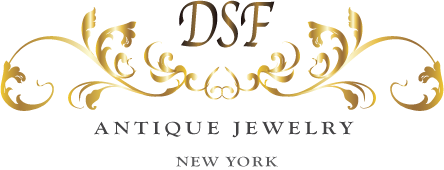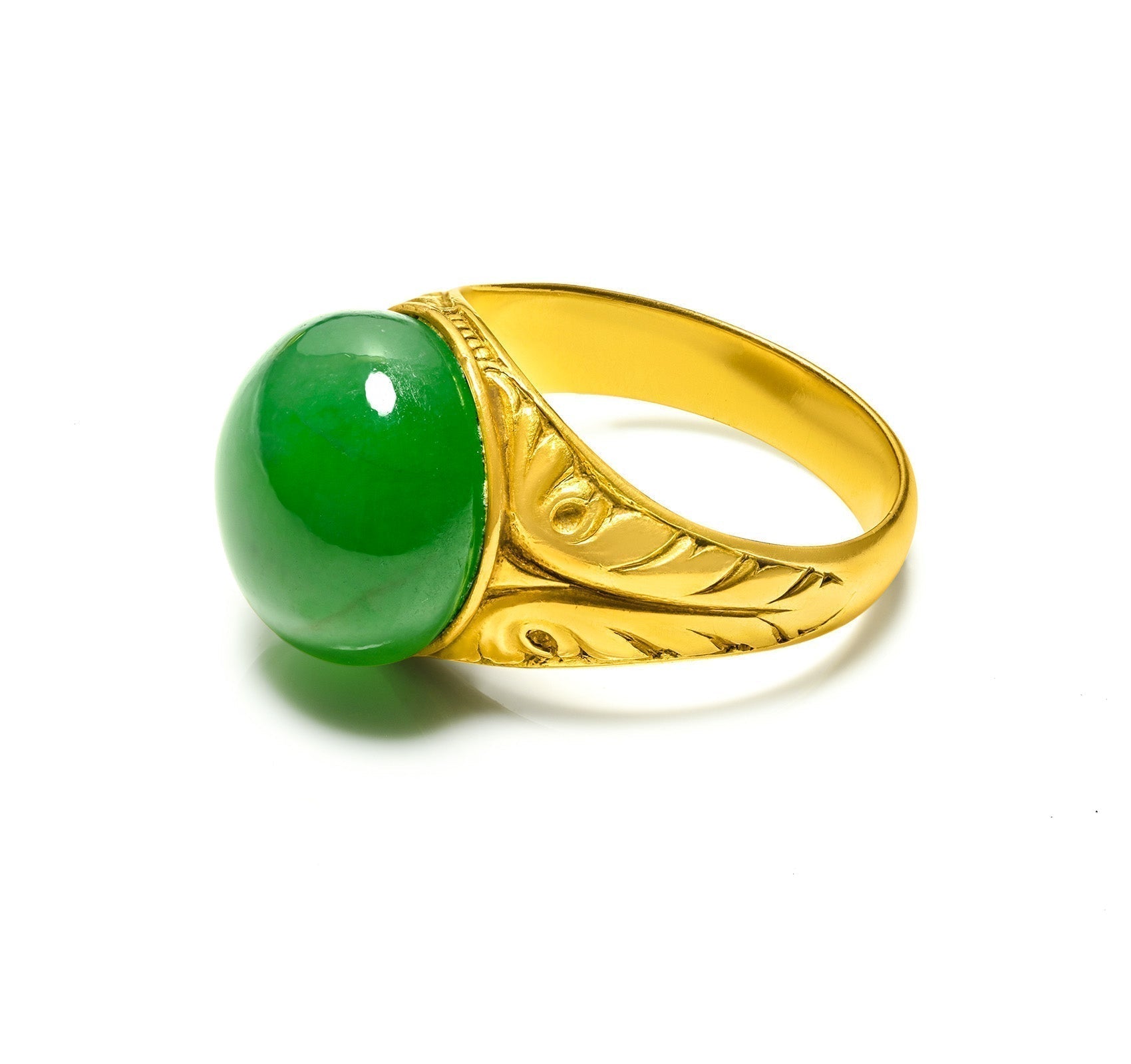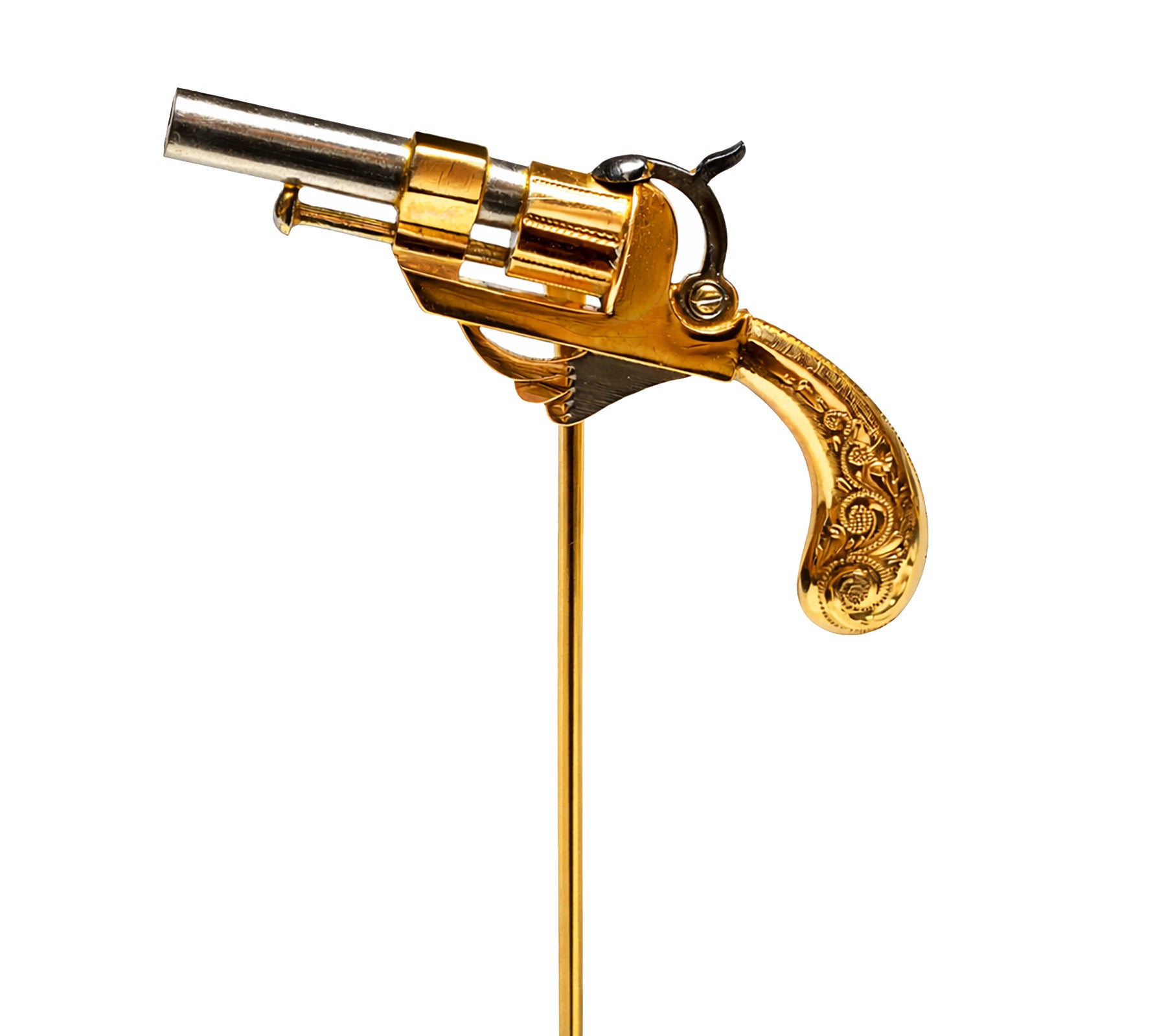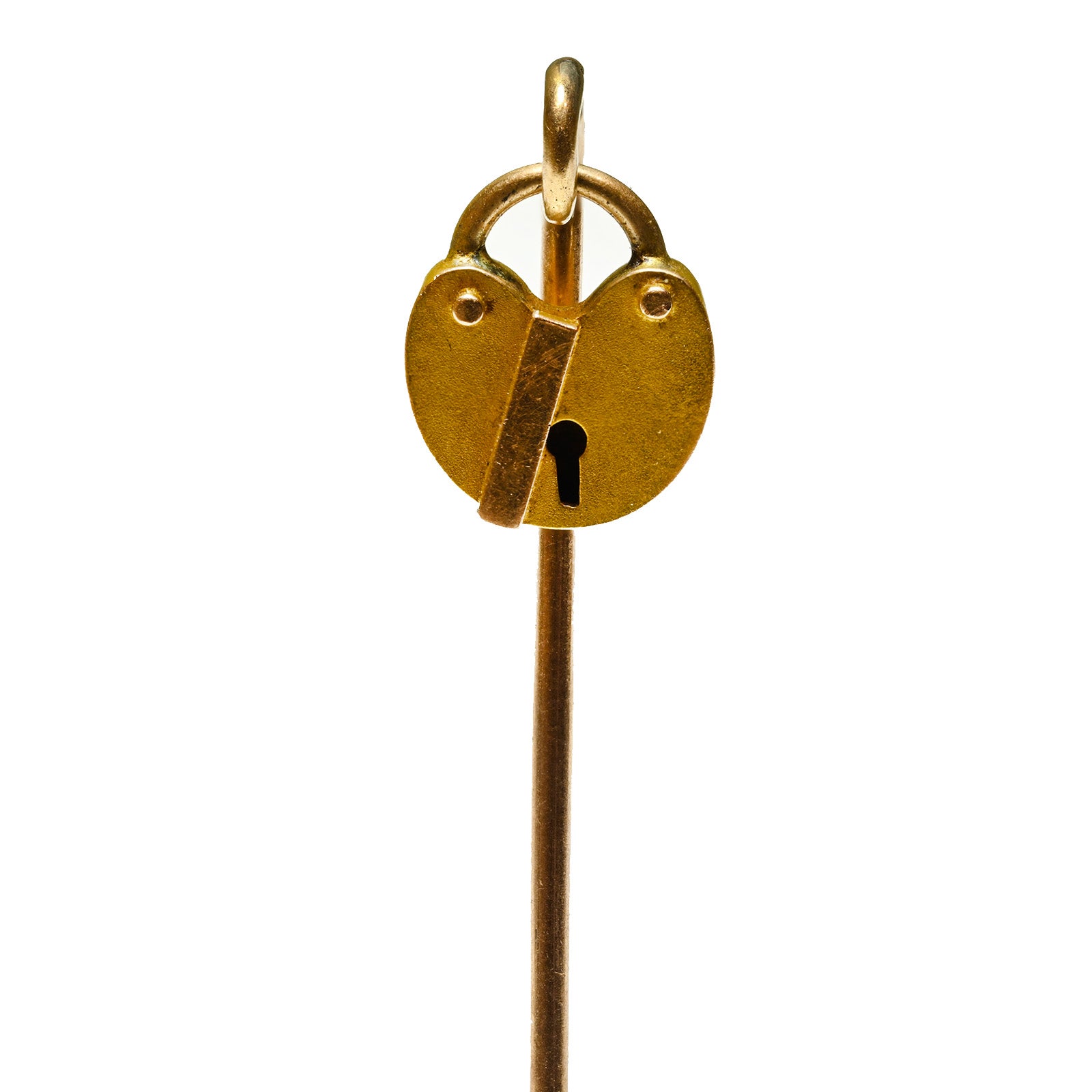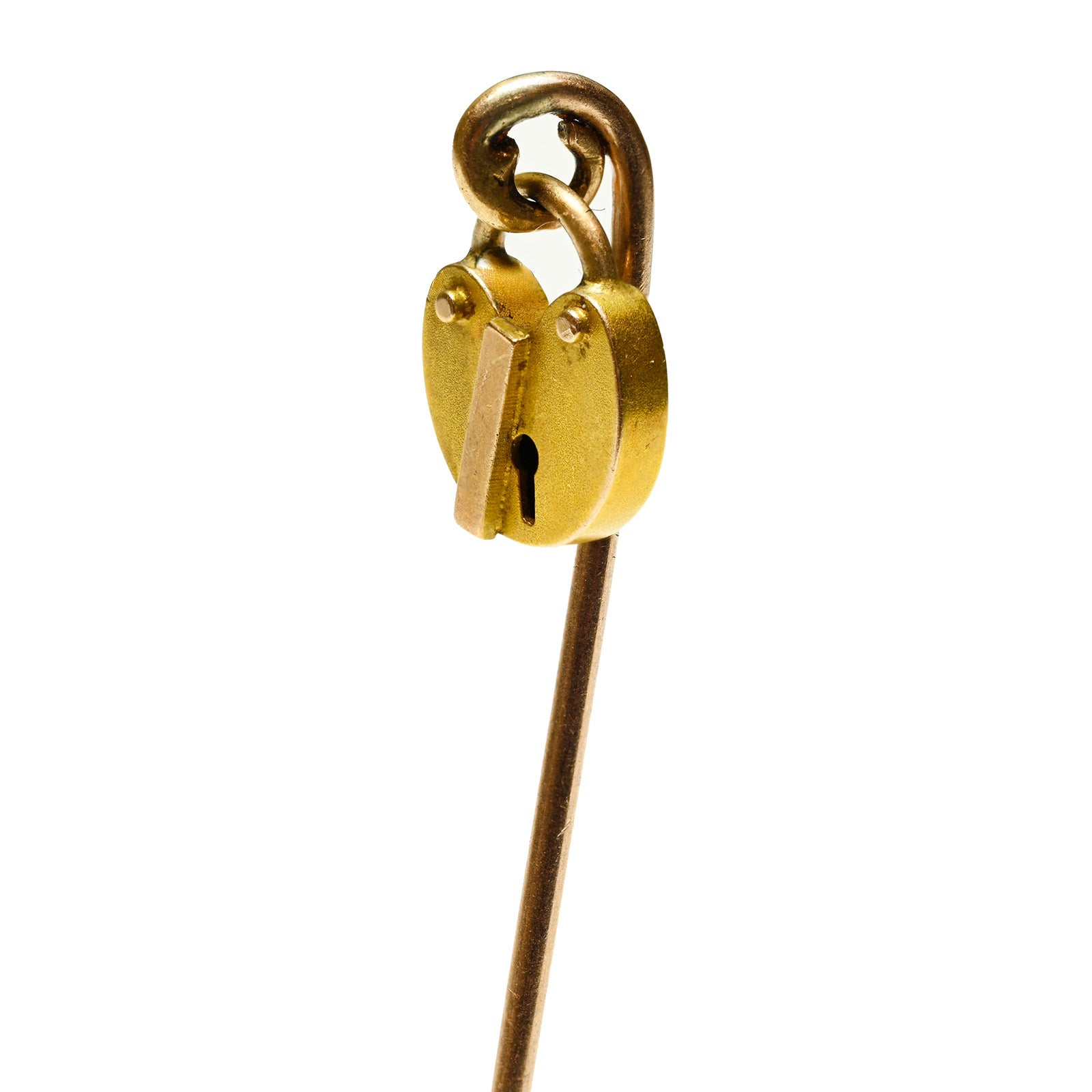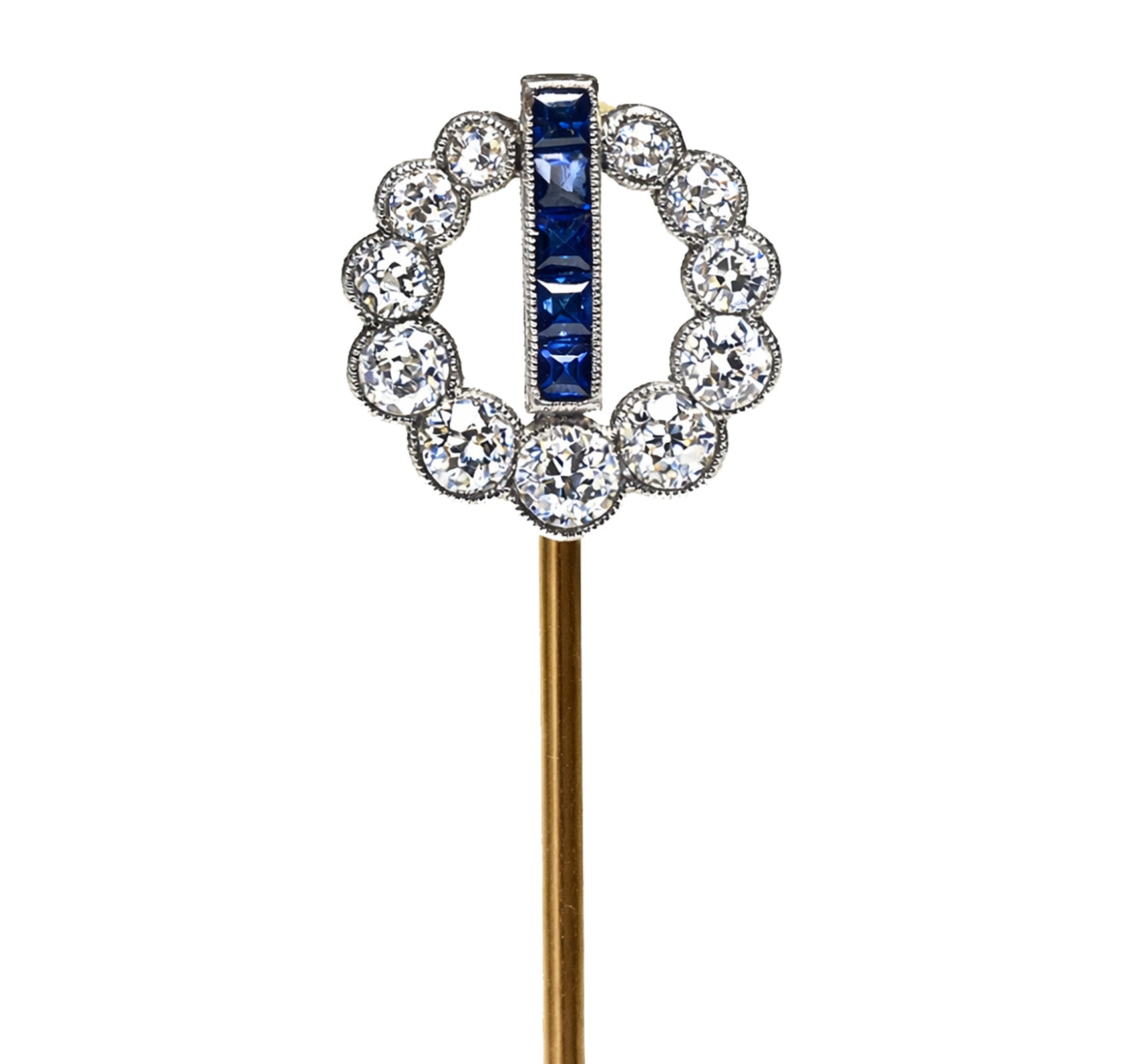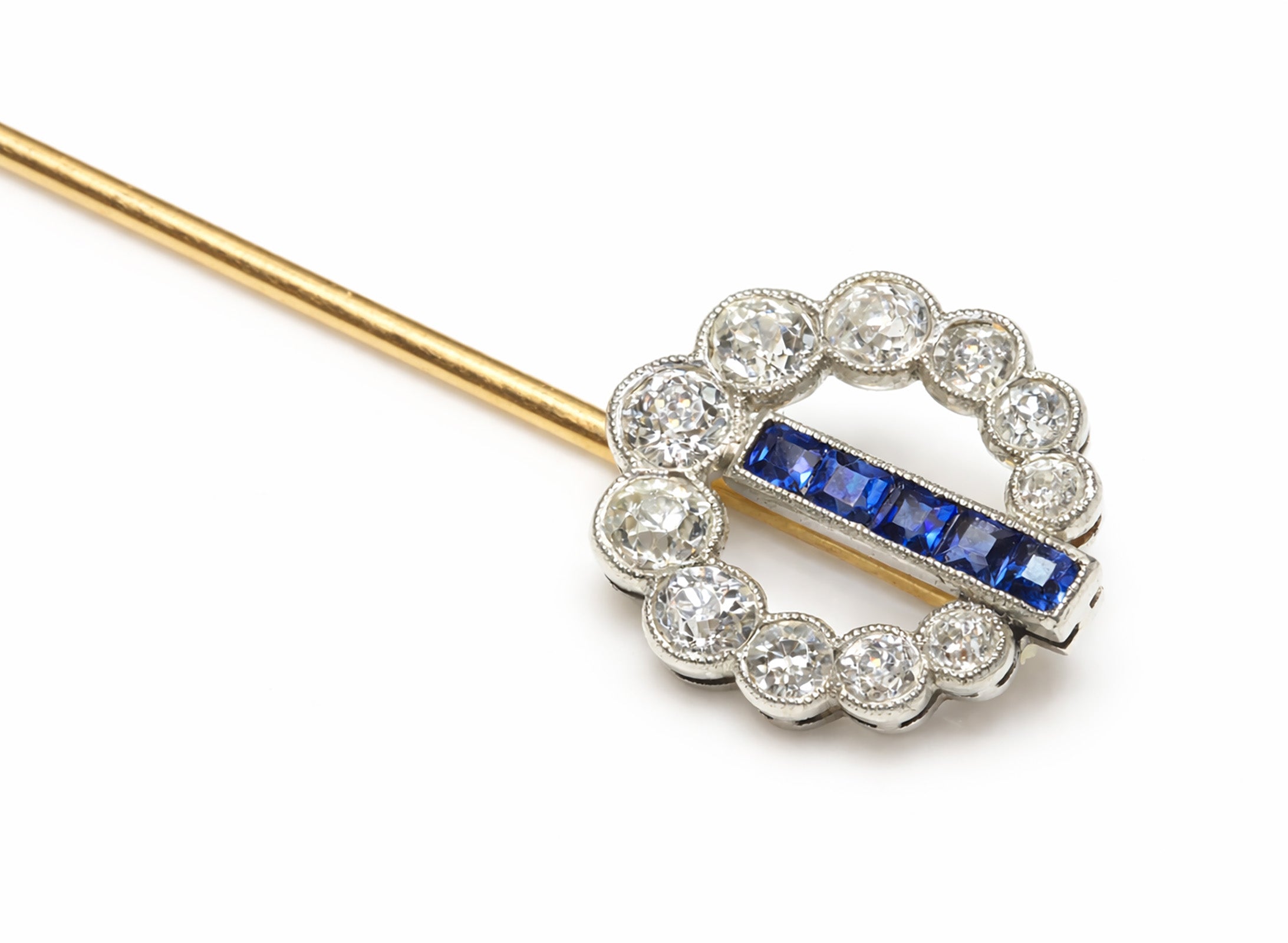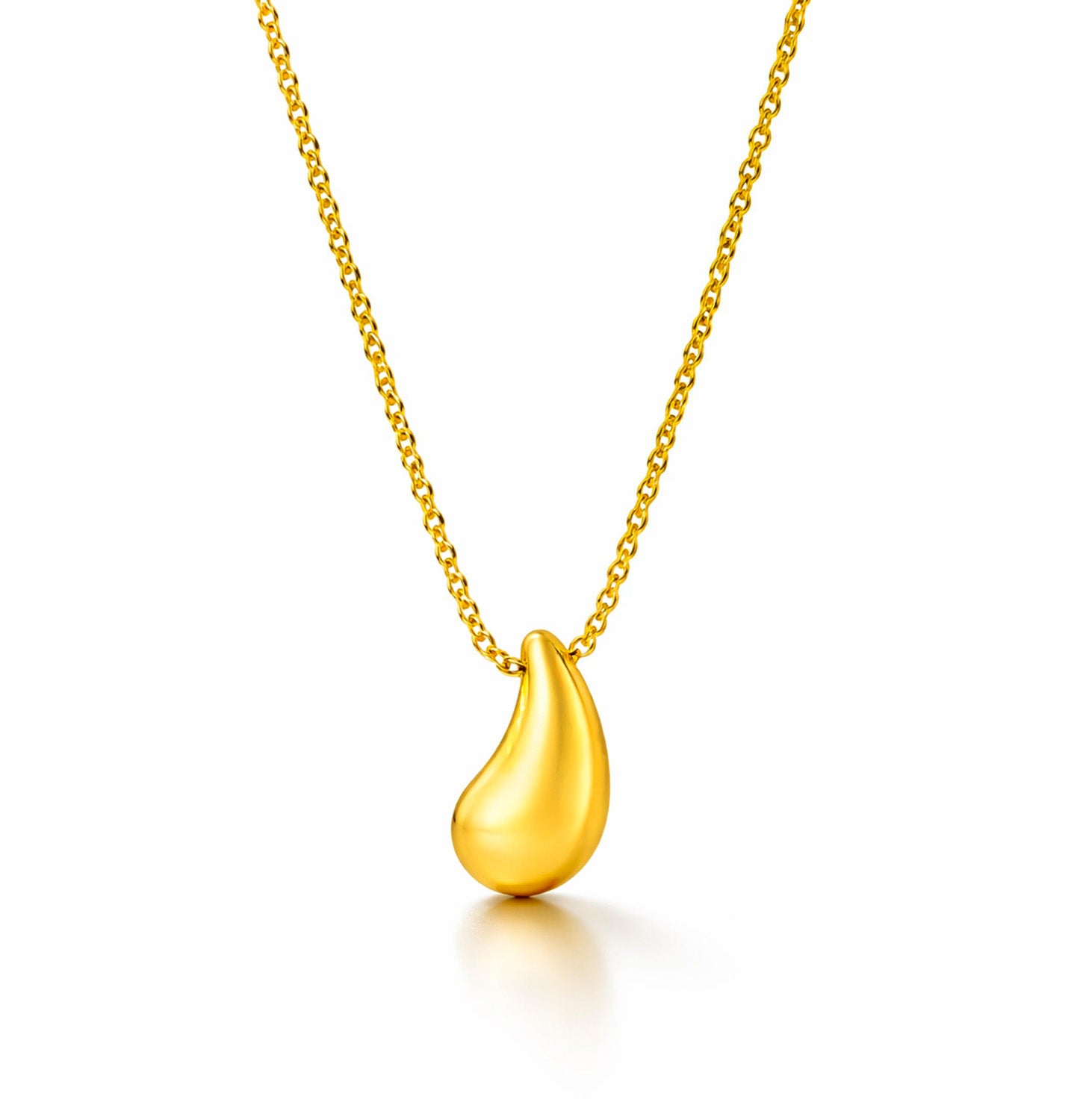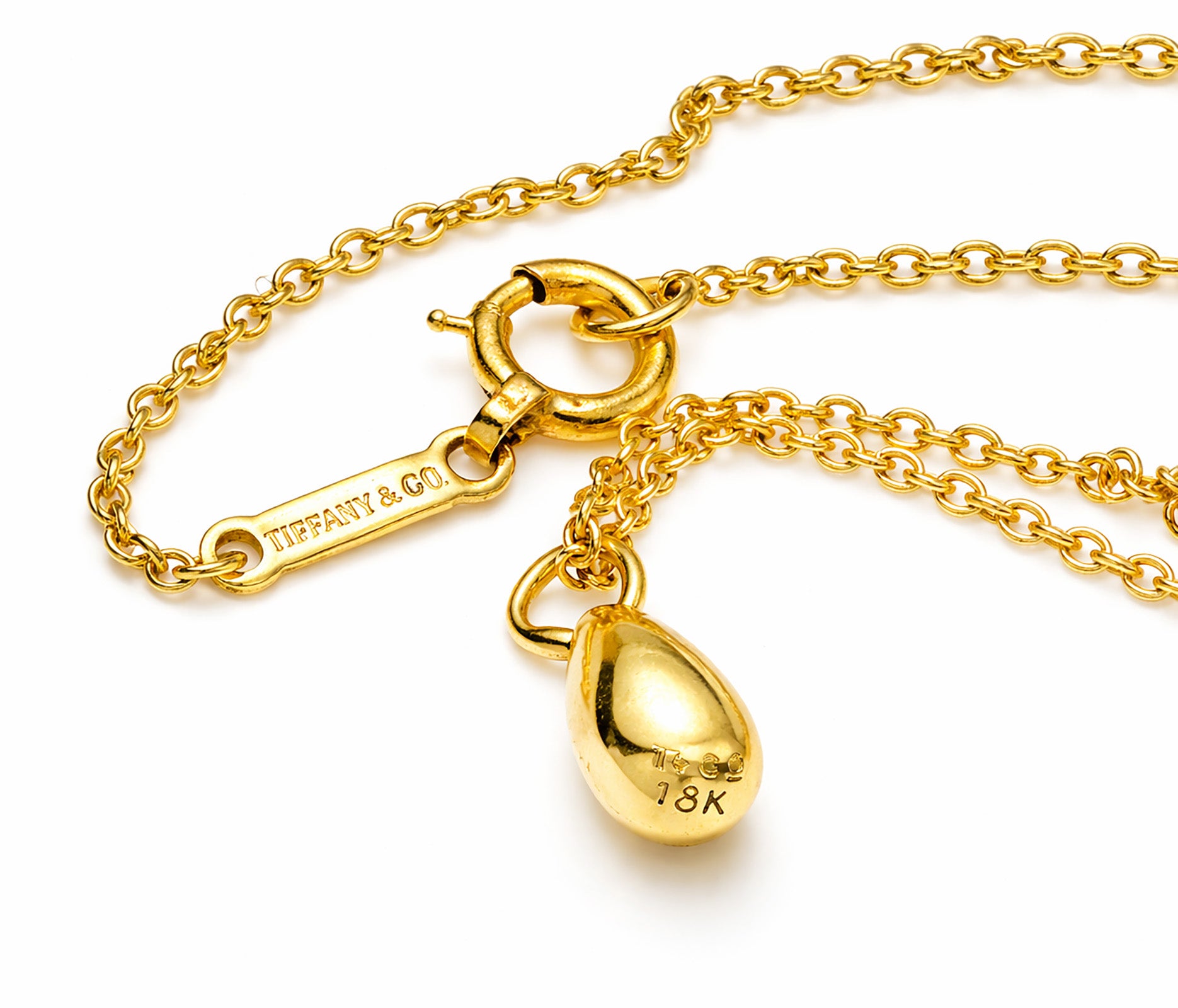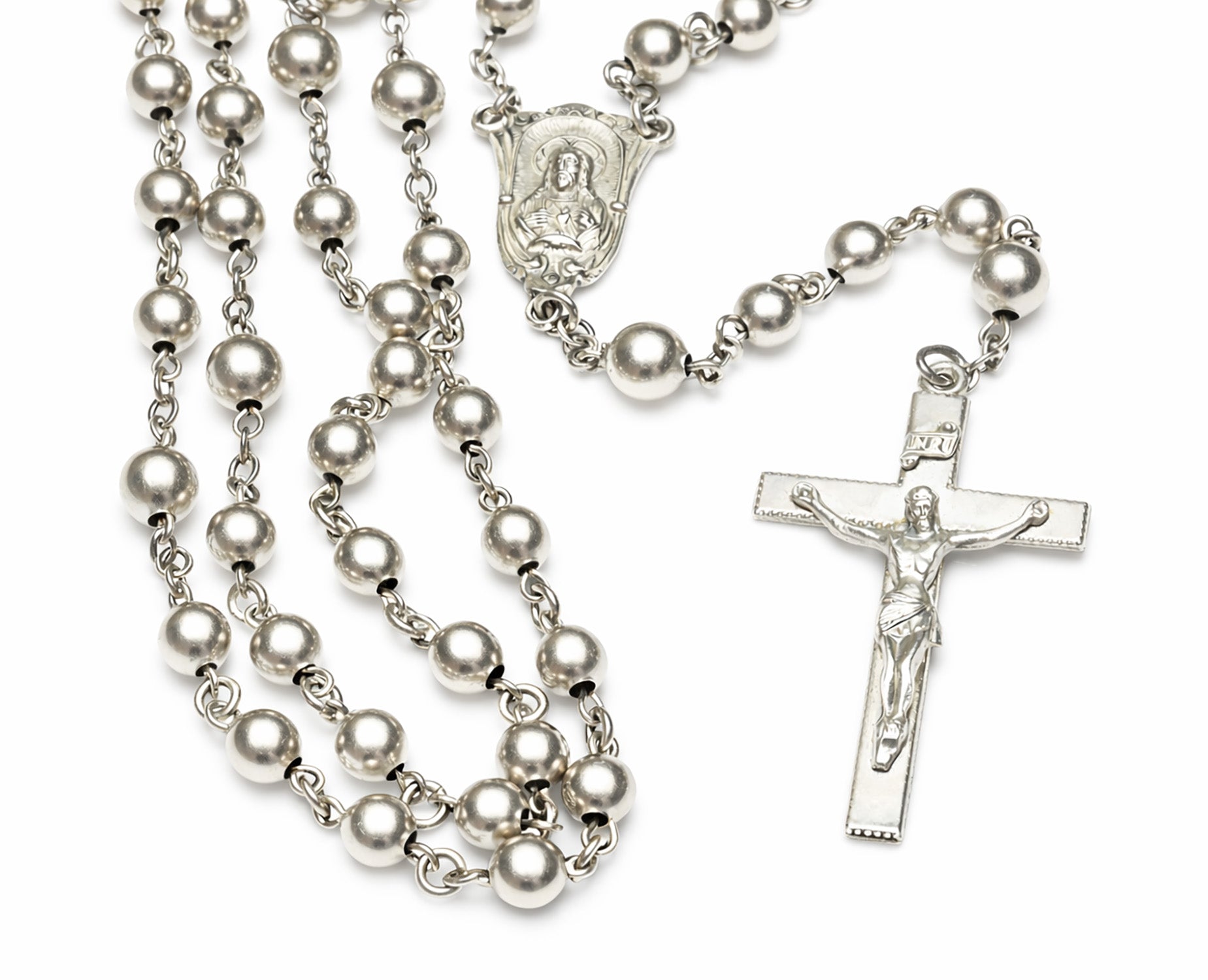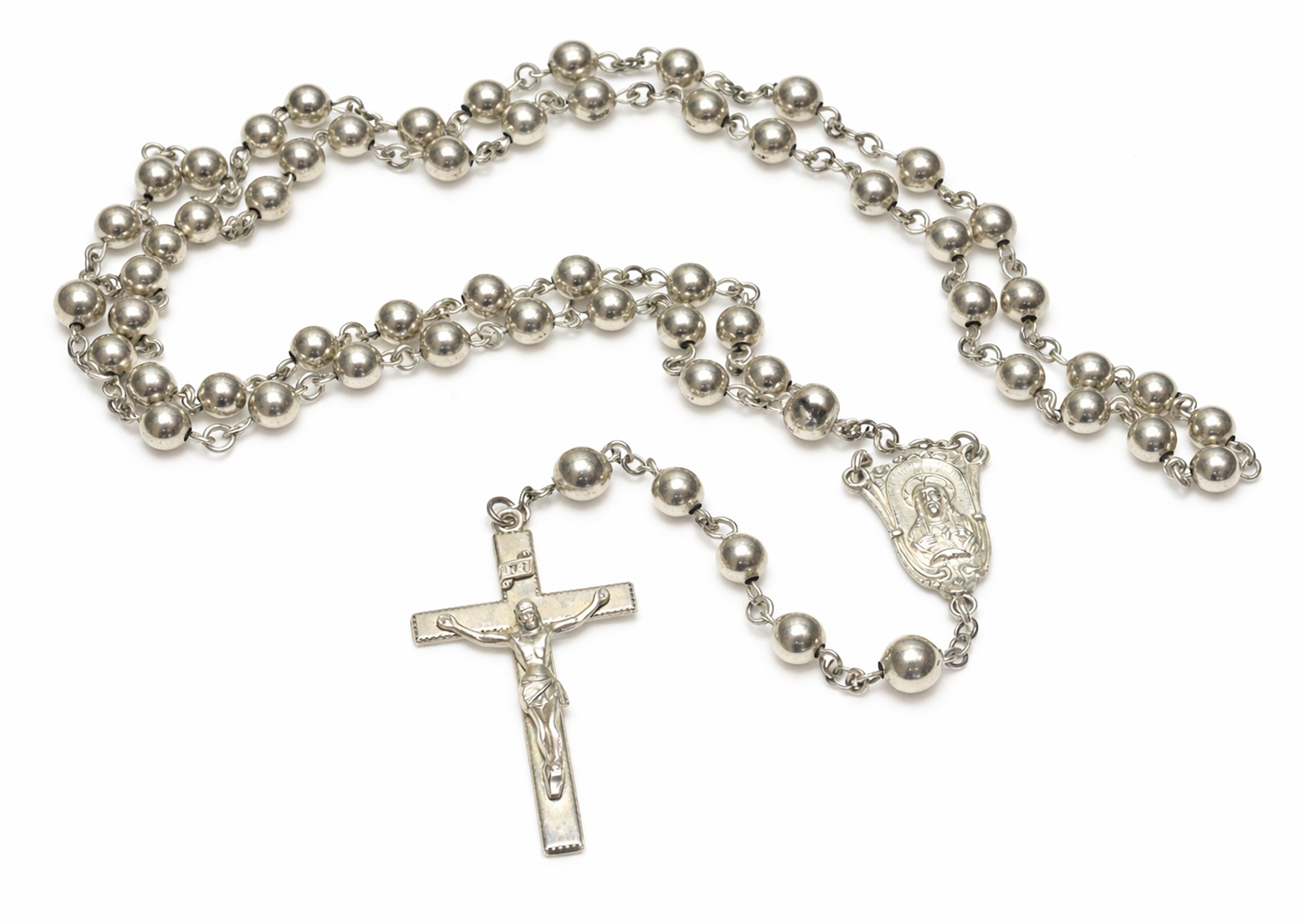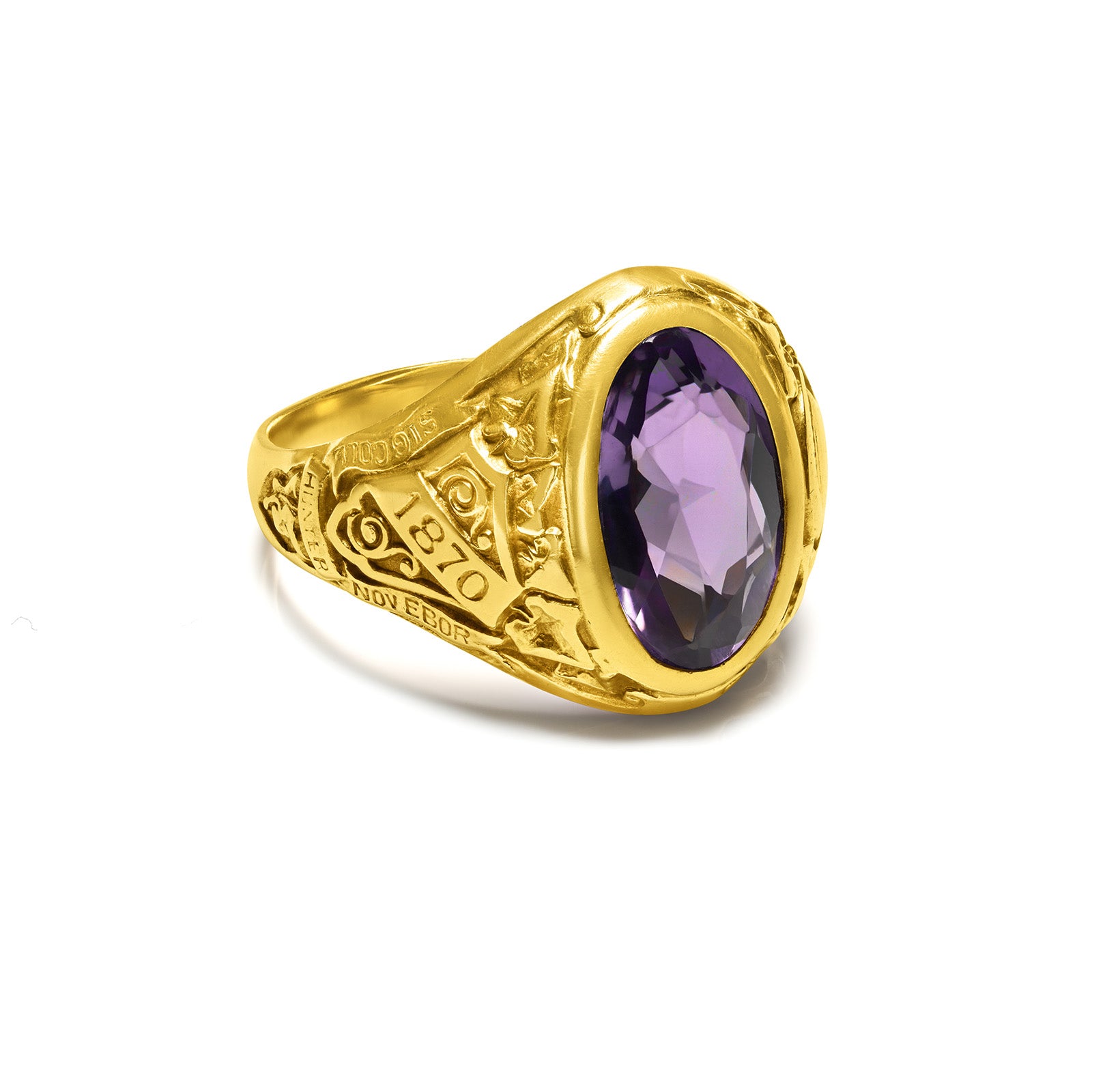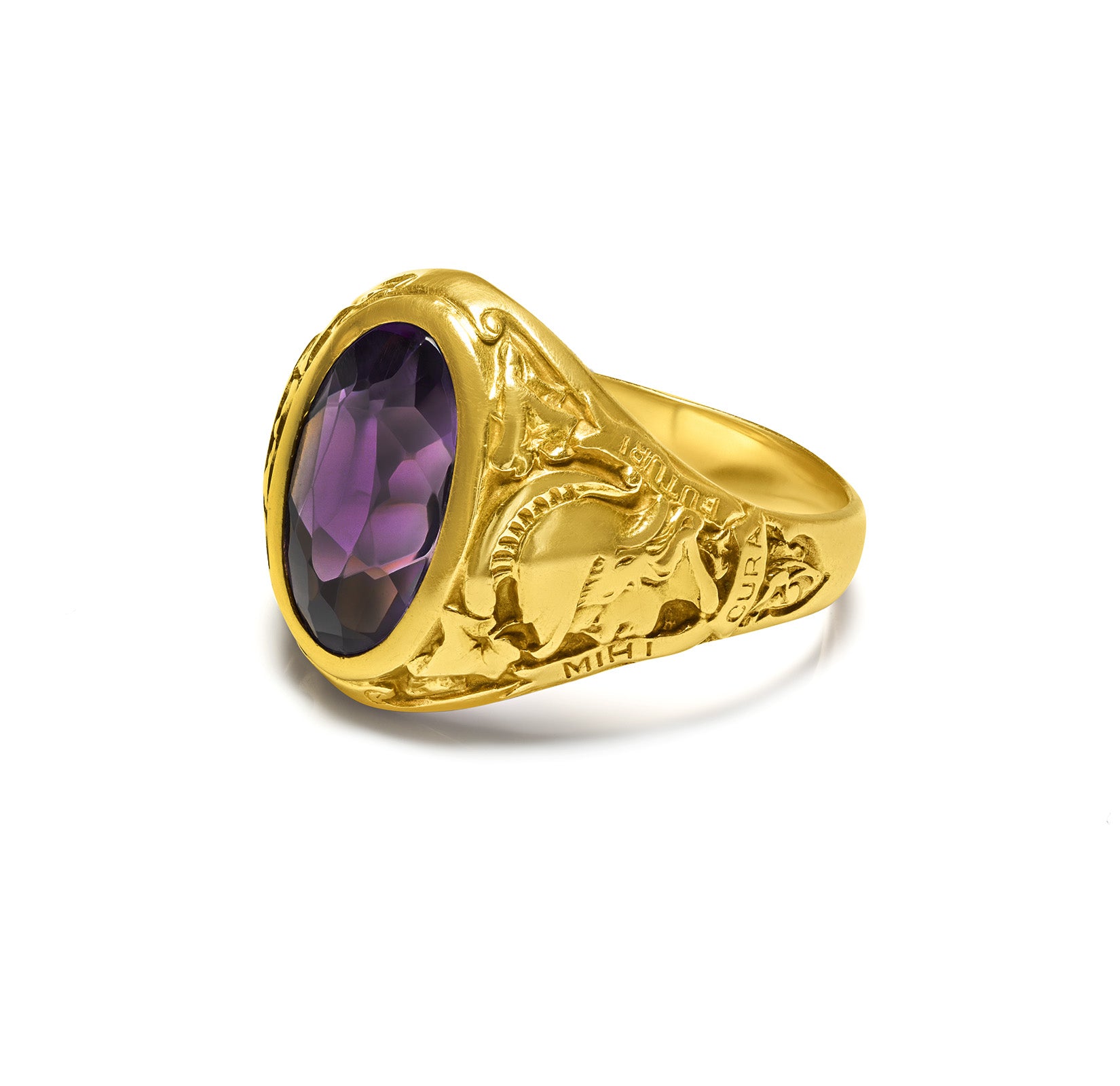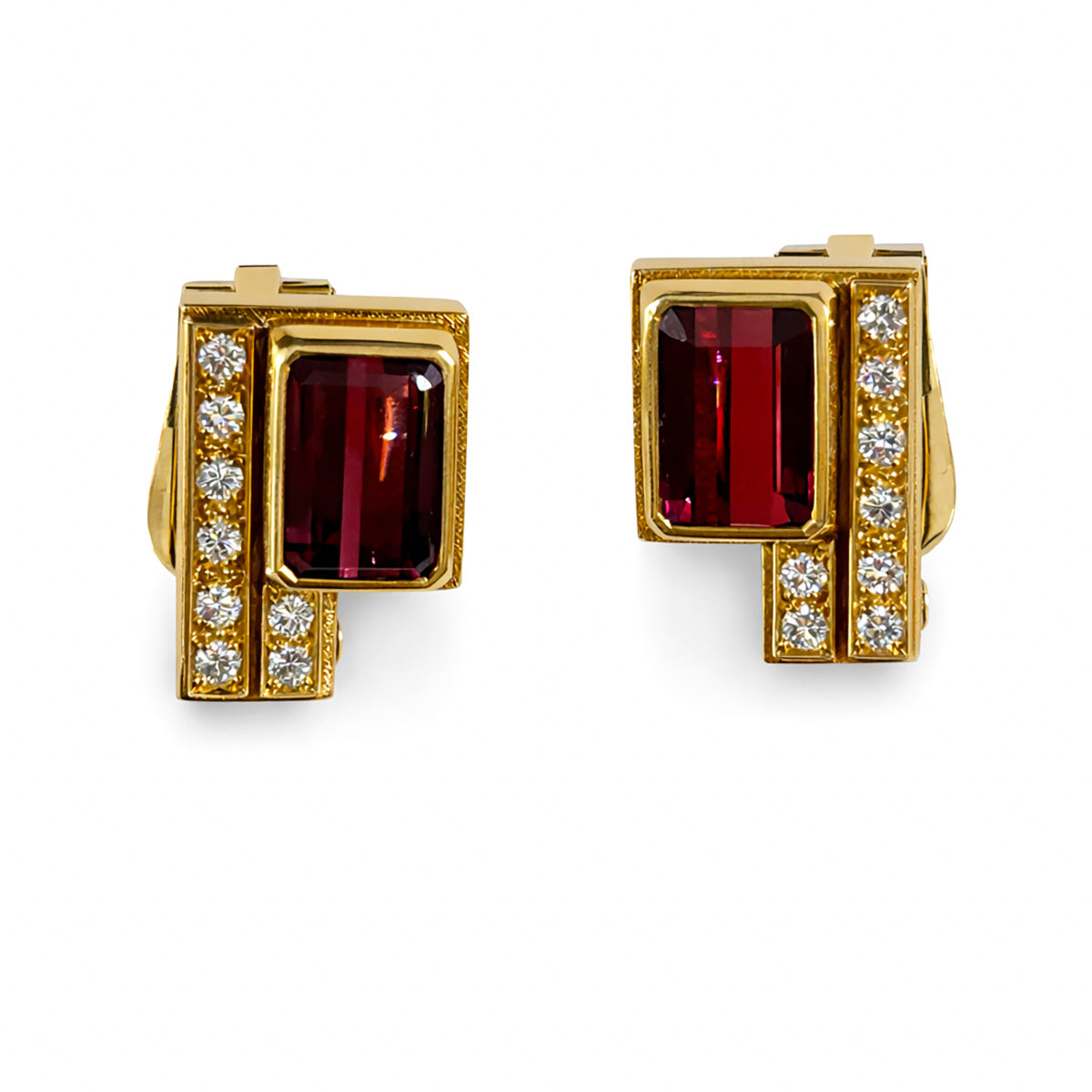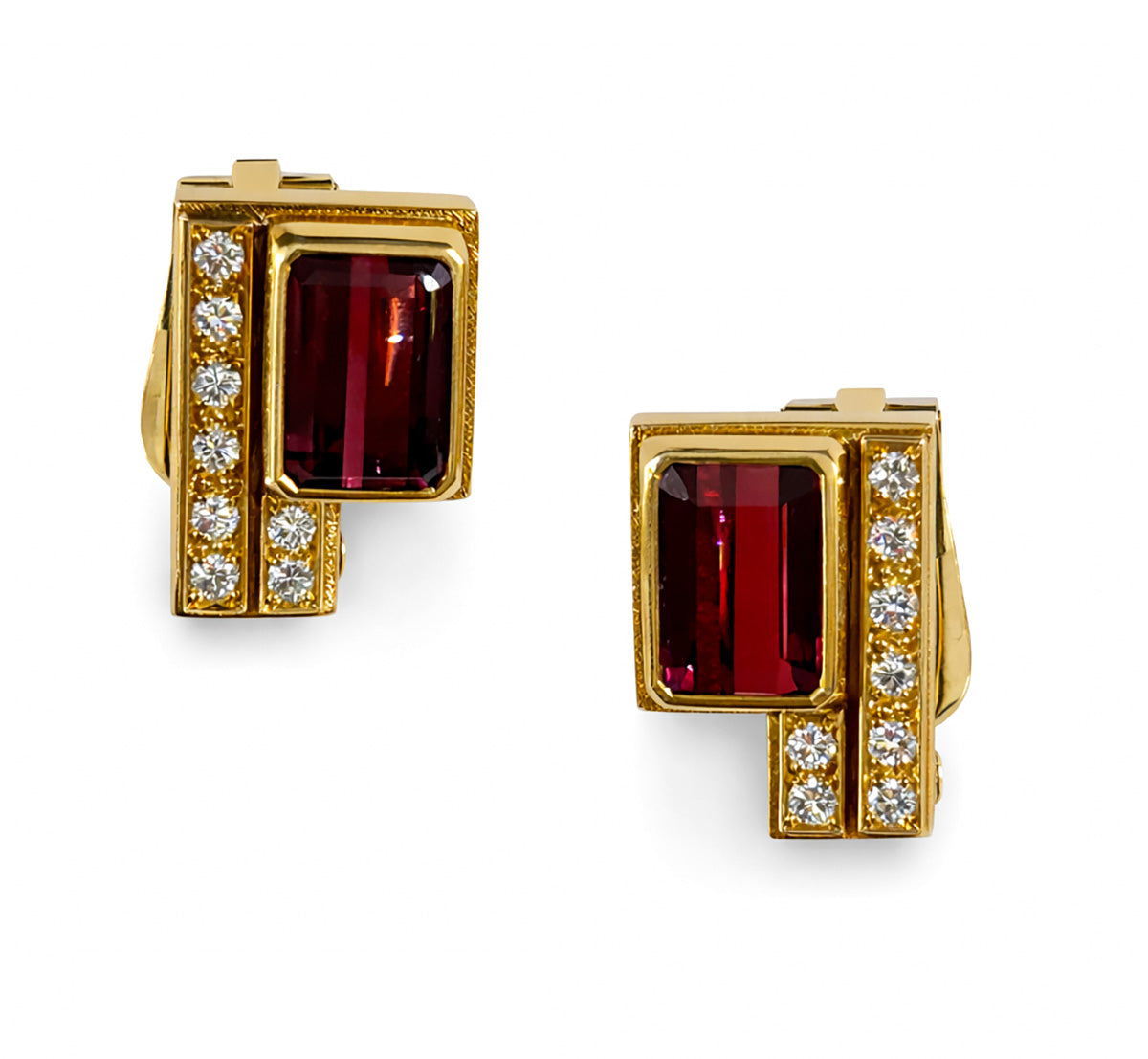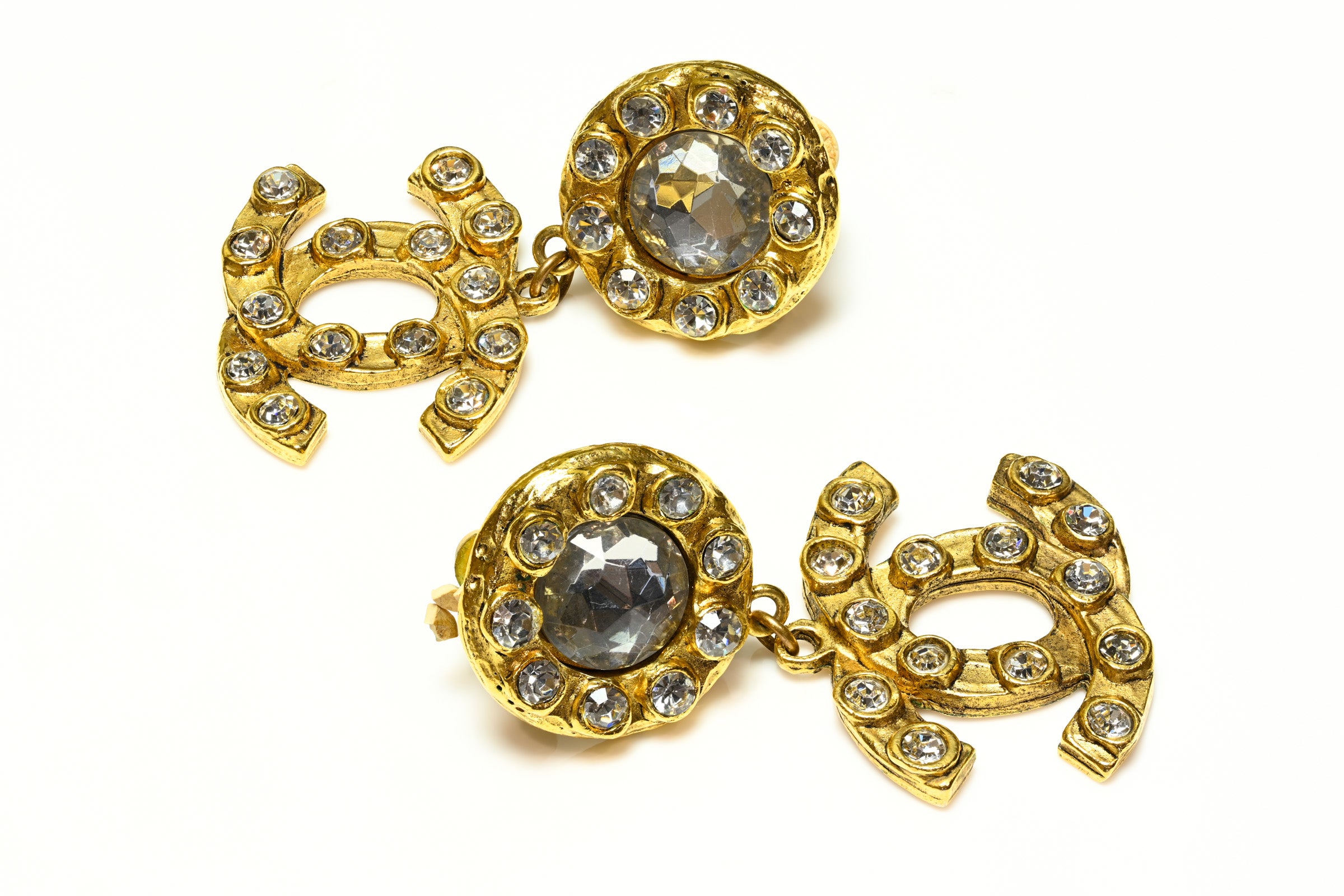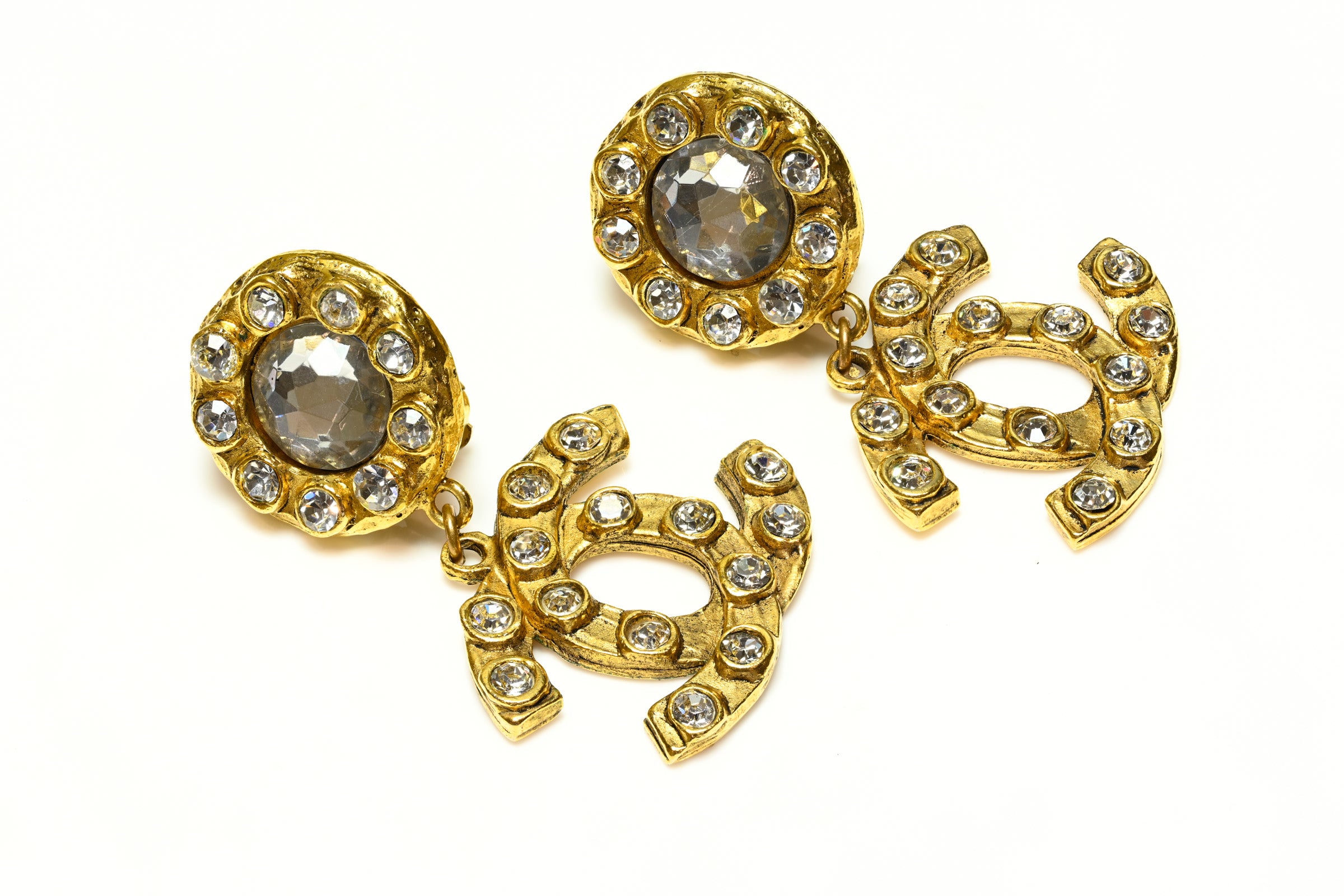Article: How to Identify Genuine Victorian Gold Rings
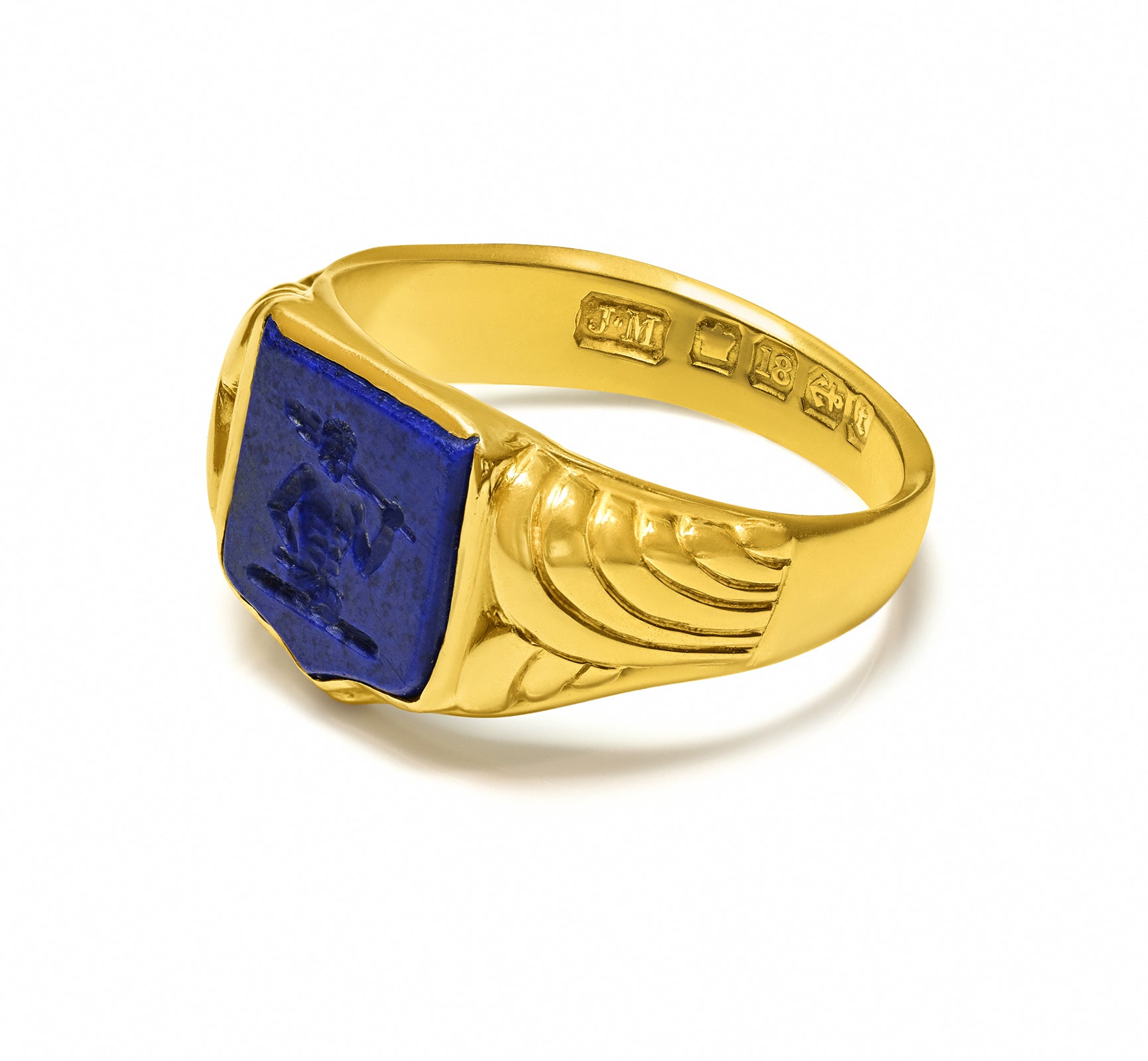
How to Identify Genuine Victorian Gold Rings
Victorian gold rings continue to captivate collectors, jewelry historians, and vintage lovers alike. With their intricate motifs, romantic symbolism, and superior craftsmanship, these treasures from the 19th century offer more than aesthetic beauty—they are tangible links to a bygone era. But with modern reproductions flooding the market, distinguishing an authentic Victorian ring from a well-made imitation can be challenging, even for seasoned buyers.
Whether you're investing in high-value antique jewelry, searching for a sentimental heirloom, or simply intrigued by the evolution of design, understanding how to identify genuine Victorian gold rings is essential. In this detailed guide, we’ll walk you through the hallmarks of authenticity: from design periods and metal purity to hallmark decoding and signs of forgery. We’ll also offer professional tips for collectors, plus insight into how DSF Antique Jewelry carefully curates authentic Victorian pieces.
Explore our authenticated Victorian gold rings collection at DSF Antique Jewelry.
Understanding the Victorian Era (1837–1901)
The Victorian era—named after Queen Victoria of England—spanned more than six decades, from 1837 to 1901. During this time, jewelry became deeply intertwined with emotion, fashion, and cultural shifts. Victorian gold rings are generally classified into three stylistic periods, each reflecting different social values, artistic trends, and technological advances.
Early Victorian (Romantic Period) – 1837 to 1860
This period emphasized themes of love, nature, and sentiment. Rings often incorporated serpent motifs, symbolizing eternal devotion, as Prince Albert gifted Queen Victoria a serpent engagement ring. Goldwork during this era was often handcrafted with great attention to detail, showcasing filigree, repoussé, and granulation techniques. Popular gemstones included garnet, amethyst, and turquoise, sometimes accented by hairwork or small lockets of sentiment.

Mid-Victorian (Grand Period) – 1860 to 1885
Marked by Queen Victoria’s mourning after Prince Albert’s death in 1861, this period gave rise to more somber jewelry. Rings often featured black enamel, jet, and hair inlays, and included inscriptions memorializing loved ones. At the same time, advances in lapidary work and gold refinement allowed for the rise of elaborate engraved bands and intricate symbolic motifs, such as forget-me-nots and weeping willows. Seed pearls, amethysts, and onyx became common.
Late Victorian (Aesthetic Period) – 1885 to 1901
As the Industrial Revolution advanced, jewelry design lightened both in mood and structure. Rings from this era embraced feminine and whimsical designs, often featuring hearts, bows, birds, and stars. The widespread discovery of diamond deposits in South Africa led to the more frequent use of old mine-cut diamonds. Rings from this period were also thinner and more delicate, often reflecting the growing Art Nouveau influence in the final years.

Common Gold Purities in Victorian Jewelry
Victorian rings typically featured higher purities, a hallmark of fine 19th-century craftsmanship. Unlike modern rings, which often use 14K or 10K gold, Victorian pieces were crafted in:
-
15K gold – Common in mid-to-late 1800s British jewelry; discontinued in 1932.
-
18K and 22K gold – Used for premium and ceremonial pieces, often found in early and mid-Victorian rings.
-
12K and 9K gold – Seen occasionally in mass-produced rings in the later years of the era.
Rings marked “14K” or “10K” that claim to be Victorian are typically reproductions. Victorian goldsmiths also used hand-forging and repoussé techniques, which gave the rings a sculptural, handmade look.
How to Read Hallmarks on Victorian Rings
Hallmarks are crucial for dating and authenticating antique rings, especially British-made ones. These may include:
-
Crown – Indicates gold
-
Fineness mark – 15, 18, or 22
-
City mark – Anchor (Birmingham), Leopard’s head (London), etc.
-
Date letter – Matches a specific year
-
Maker’s mark – Usually goldsmith’s initials
Use official Assay Office guides or reputable databases to decode the marks. Continental or American pieces may follow different systems—like the French eagle head for 18K or U.S. hand-engraved retailer names.
Victorian Design Motifs to Look For
Authentic Victorian rings are rich in symbolism and craftsmanship. Recognizing these design motifs can help confirm authenticity and enhance appreciation.
Romantic & Nature-Inspired Themes
Victorian rings often feature:
-
Serpents – Eternal love
-
Clasped hands (fede rings) – Fidelity and union
-
Hearts, roses, and forget-me-nots – Sentiment and romance
These were typically engraved or sculpted by hand, resulting in subtle imperfections that distinguish them from mass-produced copies.
Mourning Jewelry
A major part of Mid-Victorian design, mourning rings included:
-
Black enamel or jet
-
Hair inlays and compartments
-
Inscribed names or dates
These pieces are emotional artifacts of the time and are often highly collectible.
Gemstones and Settings
Victorian rings used:
-
Garnet, amethyst, turquoise
-
Seed pearls in floral arrangements
-
Old mine-cut and rose-cut diamonds
-
Lapis, opal, coral
Settings included buttercup, gypsy, and bezel styles in rich yellow or rosy gold.
Red Flags: How to Spot a Reproduction
Some rings sold as “Victorian” are modern reproductions. Watch for:
-
Missing or fake hallmarks – Or 14K/10K marks that don’t belong
-
Machine-cut or shallow engraving – Lacks the irregular depth of hand-engraving
-
Perfect symmetry and bright, shiny finishes – Suggest modern production
-
Modern materials – Like rhodium plating or synthetic stones
Buy only from knowledgeable sellers who provide provenance and expert verification.
Why Buy Victorian Jewelry Today?
Victorian rings offer beauty, history, and long-term value:
-
Romantic symbolism – Each piece tells a personal story
-
Superior craftsmanship – Handmade artistry no longer seen in mass production
-
Investment potential – Rare, authentic pieces often increase in value
Original-condition rings with minimal restoration are especially prized by collectors.
Where to Buy Verified Victorian Rings
Here’s how to buy with confidence:
1. Buy from Experts
Trusted dealers like DSF Antique Jewelry specialize in authentic pieces, vetted for hallmarks, era, and condition.
2. Insist on Transparency
Look for detailed listings, clear images of hallmarks, precise karat and size info, and historical context.
3. Check Policies
A good dealer offers returns and authenticity guarantees.
Explore our curated Victorian ring collection at DSF Antique Jewelry.
FAQ: Victorian Gold Ring Authentication
Q: What gold karat were Victorian rings made in?
A: 15K, 18K, and 22K were most common.
Q: Are hallmarks always present?
A: Not always—custom or foreign-made pieces may lack them, but other details help verify age.
Q: Can altered rings still be valuable?
A: Yes, but original condition is more collectible.
Checklist for Identifying Genuine Victorian Rings
-
Gold purity marks (15CT, 18CT, 22CT)
-
British hallmarks: crown, city, date letter, maker’s mark
-
Hand-engraved motifs: serpents, scrollwork, mourning symbols
-
Appropriate gemstones and settings
-
Natural wear or patina
-
Seller transparency and return policy
Final Thoughts
A genuine Victorian ring is more than jewelry—it's a fragment of history. By learning how to evaluate materials, markings, and design, you can confidently identify authentic pieces that hold both beauty and legacy.
At DSF Antique Jewelry, we proudly offer authenticated Victorian rings that celebrate this rich heritage with elegance and integrity.
Browse our full Victorian collection at DSF Antique Jewelry.
VIEW OUR COLLECTION OF ANTIQUE & VINTAGE JEWELRY
VIEW OUR JOURNAL & NEWS
READ OUR INTERESTING FACTS ARTICLES
